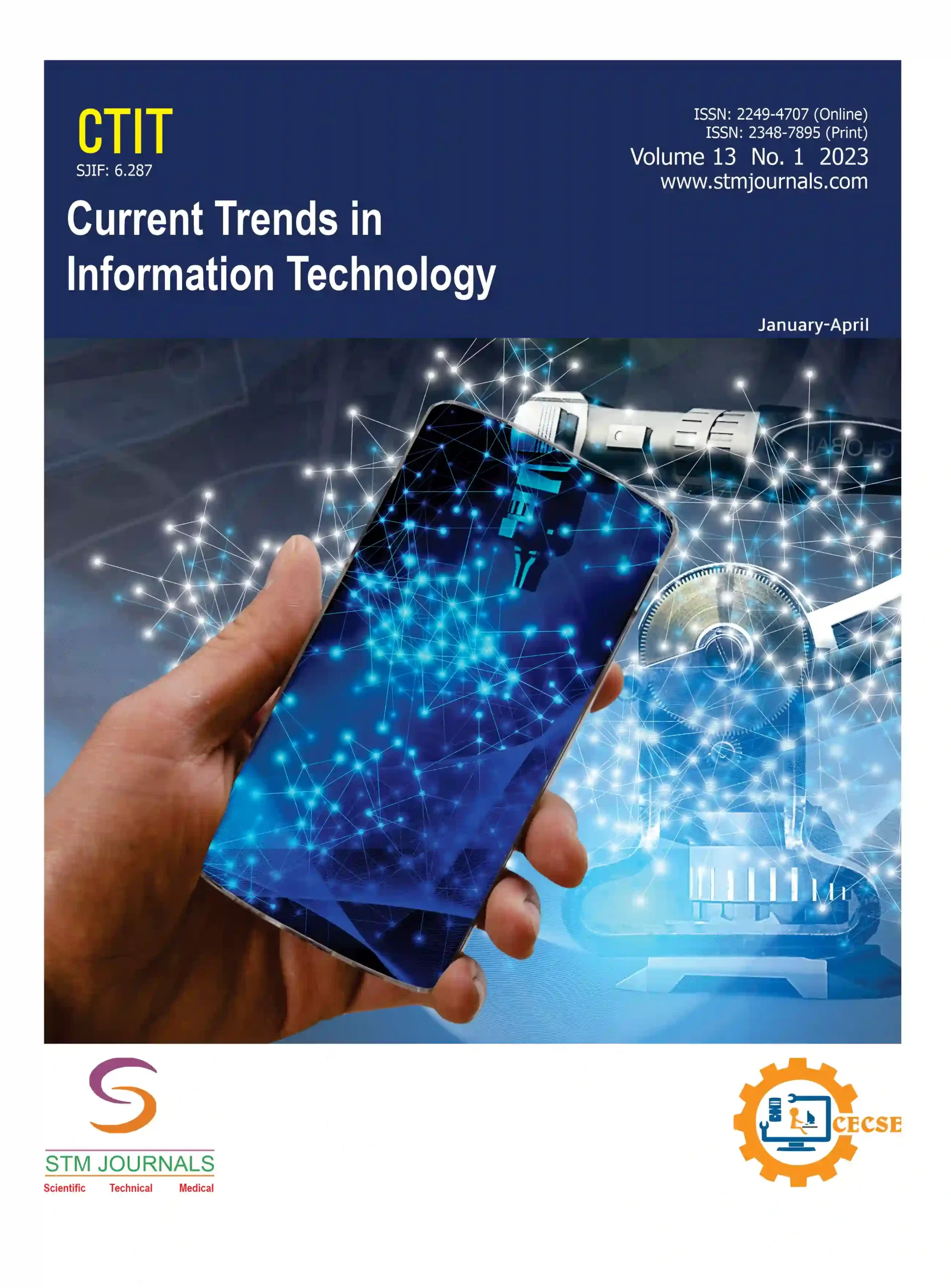V. Basil Hans,
- Research Professor, Department of Management and Commerce, Srinivas University, Mangaluru, Karnataka, India
Abstract
There are several effects that the computer revolution has had on India, including the following: the software business has emerged as one of the most rapidly expanding in the economy, contributing to the overall expansion of the economy. The government can inform the public about its policies and work through the infrastructure of mobile telephony and information and communication technology. Online shopping is a big business today. Distribution by digital means is diversified. For example, the distribution of cylinders of LPG is now also done digitally. People have improved access to information, which is a positive development. The purpose of this paper is to demonstrate how the computer revolution in India has been a significant driving factor behind the transformation of the economy, the growth of technology, and the advancement of society. Beginning in the latter half of the 20th century, it brought about a transformation in various industries, most notably through the expansion of the information technology (IT) and software services sector. Almost immediately, India emerged as a worldwide outsourcing hub, which resulted in an increase in employment, a draw for foreign investment, and a contribution to the expansion of the gross domestic product (GDP). Several important government programs, such as Digital India, have resulted in the expansion of digital infrastructure, which has led to the promotion of widespread access to the internet and digital services in both urban and rural spaces. As a result, industries such as education, healthcare, banking, and government have been completely transformed as a result of the introduction of e-governance, digital payments, and online platforms, which have fostered efficiency and transparency simultaneously. India is now able to take the lead in industries such as software development, data analytics, and emerging technologies such as artificial intelligence (AI) as a result of the surge in digital literacy, which has led to a highly competent workforce. However, despite the widespread availability of digital technology, there are still obstacles to overcome. These include the digital divide, which is particularly prevalent in rural regions; cybersecurity dangers; and the requirement for additional skill sets in a labor market that is becoming increasingly automated. The overall conclusion of the study is that India is a significant player in the global digital economy, which is driving innovation and modernization. However, the report also presents obstacles to growth that are both inclusive and secure.
Keywords: Computer revolution, India, Information Technology (IT), Digital India, digital infrastructure, economic transformation, digital literacy, e-governance, outsourcing, software services, digital divide, cybersecurity, fintech, artificial intelligence (AI), and workforce development
[This article belongs to Current Trends in Information Technology ]
V. Basil Hans. A Study on the Effects of the Computer Revolution in India. Current Trends in Information Technology. 2024; 15(01):33-43.
V. Basil Hans. A Study on the Effects of the Computer Revolution in India. Current Trends in Information Technology. 2024; 15(01):33-43. Available from: https://journals.stmjournals.com/ctit/article=2024/view=191759
References
- Statista. PC market in India. Statista; 2021. Available from: https://www.statista.com/ study/135900/pc-market-in-india/.
- Ashraf T. Information technology and public policy: A socio-human profile of Indian digital revolution. Int Inf Libr Rev. 2004;36:309–18. doi: 10.1080/10572317.2004.10762650.
- Pattnaik BK. Globalization, ICT revolution in India and sociocultural changes: Sociological exploration. Pol Sociol Rev. 2013;181:39–62.
- Subramanian R. India and information technology: A historical & critical perspective. J Glob Inf Technol Manag. 2006;9:28–46. doi: 10.1080/1097198X.2006.10856431.
- Lal V. The politics of history on the Internet: Cyber-diasporic Hinduism and the North American Hindu diaspora. Diaspora. 1999;8:137–72. doi: 10.1353/dsp.1999.0000.
- Lele U, Goswami S. The fourth Industrial Revolution, agricultural and rural innovation, and implications for public policy and investments: A case of India. Agric Econ. 2017;48(Suppl 1):87–100. doi: 10.1111/agec.12388.
- Barnes T. The IT industry and economic development in India: A critical study. J South Asian Dev. 2013;8:61–83. doi: 10.1177/0973174113477000.
- Ramasamy DK, Reddy LS. A study on the lack of job creation in the Indian IT industry. Indore Manag J. 2018;10:19–39.
- Rai LP, Lal K. Indicators of the information revolution. Technol Soc. 2000;22:221–35. doi: 10.1016/S0160-791X(00)00006-3.
- Sampath Kumar BT, Basavaraja MT. Computer access and use: Understanding the expectations of Indian rural students. Qual Assur Educ. 2016;24:56–69. doi: 10.1108/QAE-03-2014-0012.
- Singh S. Digital divide in India: Measurement, determinants and policy for addressing the challenges in bridging the digital divide. Int J Innov Digit Econ. 2010;1:1–24. doi: 10.4018/jide.2010040101.
- Chatterjee S. AI strategy of India: Policy framework, adoption challenges and actions for government. Transform Gov People Process Policy. 2020;14:757–75. doi: 10.1108/TG-05-2019-0031.

Current Trends in Information Technology
| Volume | 15 |
| Issue | 01 |
| Received | 02/10/2024 |
| Accepted | 16/10/2024 |
| Published | 31/12/2024 |
| Publication Time | 90 Days |
PlumX Metrics
